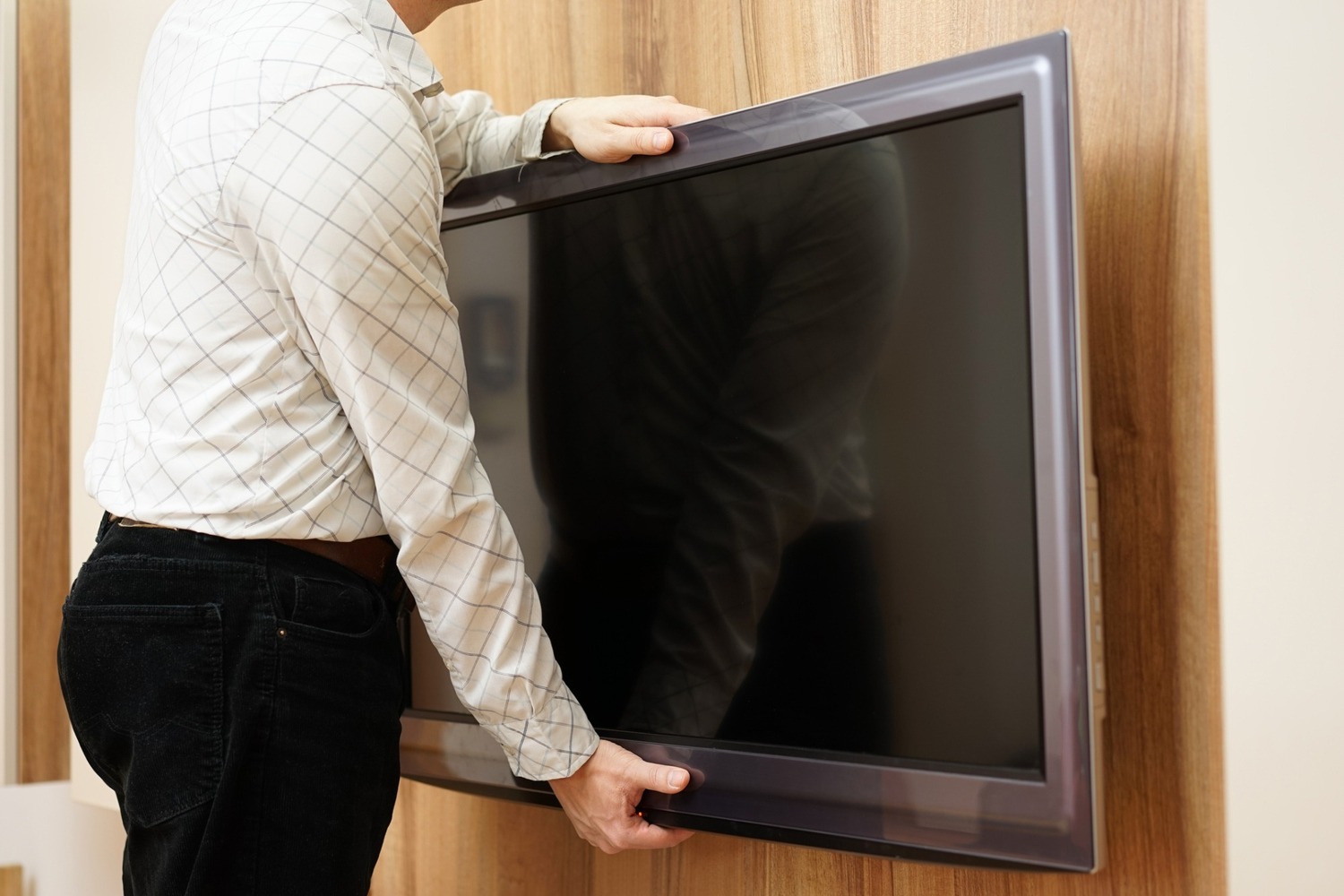

Articles
How To Store A TV When Not In Use
Modified: January 6, 2024
Learn the best ways to store your TV when not in use with our informative articles. Keep your TV safe and protected with these helpful tips.
(Many of the links in this article redirect to a specific reviewed product. Your purchase of these products through affiliate links helps to generate commission for Storables.com, at no extra cost. Learn more)
Introduction
When it comes to electronic devices like televisions, there may be certain situations where you need to store them temporarily. Whether you’re moving, renovating your home, or simply not using the TV for an extended period of time, proper storage is essential to protect your investment and ensure its longevity. Storing a TV requires careful consideration and preparation to avoid any damage or complications.
In this article, we will discuss the important factors to consider before storing a TV, finding the right storage location, cleaning and preparing the TV for storage, removing and securing accessories, disconnecting and packing cables, properly packaging the TV, storing it safely, and ensuring regular maintenance and check-ups. By following these guidelines, you can keep your TV in excellent condition and ensure that it functions properly when you’re ready to use it again.
Before we dive into the storage process, it’s crucial to mention that different types of TVs have different storage requirements. Plasma, LCD, OLED, and LED TVs each have their own specifications and sensitivities. Refer to the manufacturer’s guidelines for your specific TV model to ensure you’re following the correct storage procedures.
In the following sections, we’ll provide you with all the necessary information to safely store your TV when it’s not in use. Let’s start by discussing the considerations you need to keep in mind before storing your TV.
Key Takeaways:
- Properly storing a TV involves considering duration of storage, climatic conditions, transportation, location restrictions, and warranty considerations. Find a climate-controlled, secure storage location, clean and prepare the TV, disconnect and pack cables, and perform regular maintenance to ensure its longevity.
- When storing a TV, ensure it’s in a climate-controlled, secure location away from direct sunlight, with proper ventilation. Clean and prepare the TV, remove and secure accessories, disconnect and pack cables, properly package the TV, store it upright, and perform regular maintenance for optimal protection.
Read more: How To Store Comforters When Not In Use
Considerations before Storing a TV
Before you start the process of storing your TV, there are several important considerations to keep in mind. These factors will help ensure that your TV remains in excellent condition during storage and is ready for use when you retrieve it. Let’s explore these considerations:
- Duration of storage: Determine how long you will be storing your TV. This will affect the level of preparation and storage precautions you need to take. For short-term storage, simple measures may be sufficient. However, if you plan on storing the TV for an extended period, additional steps should be taken to protect it.
- Climatic conditions: Consider the climate conditions of the storage area. Extreme temperatures, high humidity, and direct sunlight can damage TVs. If the storage area is not climate-controlled, it’s crucial to take extra precautions to shield your TV from these conditions.
- Transportation: If you’re moving and need to transport your TV to a storage facility, take necessary precautions during transportation to avoid any physical damage. Use proper padding and secure the TV to prevent shifting or impacts.
- Location restrictions: Some storage facilities may have restrictions on storing certain types of electronics, including TVs. Check with the storage facility to ensure that storing a TV is allowed and whether there are any specific requirements or recommendations to follow.
- Warranty considerations: Review the warranty details of your TV. Storing the TV incorrectly or inappropriately may void the warranty. If you have concerns about the warranty, contact the manufacturer or consult the warranty documentation for specific instructions.
By considering these factors before storing your TV, you can ensure that you take the necessary precautions and prevent any potential damage. Next, we’ll discuss how to find the right storage location for your TV.
Finding the Right Storage Location
Choosing the correct storage location for your TV is crucial in maintaining its integrity and protecting it from potential damage. Here are some guidelines to help you find the right storage location:
- Avoid extreme temperature and humidity: Select a storage area that is climate-controlled, or at least has a stable temperature and humidity level. Extreme heat or cold can damage the internal components of the TV, while high humidity can lead to moisture buildup and potential corrosion.
- Keep away from direct sunlight: Exposure to direct sunlight can cause screen discoloration and damage over time. Choose a storage location where the TV will be shielded from direct sunlight to preserve its visual quality.
- Consider security: If you’re storing your TV in a storage facility, ensure it has adequate security measures in place. This includes surveillance cameras, secure access control, and proper locks on the storage unit to reduce the risk of theft or damage.
- Minimize vibrations and shocks: Opt for a storage location that minimizes vibrations and shocks. TVs are sensitive to impact, which can damage internal components. Avoid areas where heavy equipment is stored or where there are frequent movements that could potentially cause vibration or jarring.
- Ensure proper ventilation: Good airflow and ventilation are important to prevent the accumulation of heat and humidity in the storage area. Adequate ventilation will help maintain a stable environment for your TV.
Consider these factors when choosing the storage location for your TV. If you’re unable to find an appropriate place within your own home or storage facility, consider using a professional storage service that specializes in storing electronic devices. These facilities often offer climate-controlled units specifically designed to preserve delicate electronics like TVs.
Once you have found the ideal storage location, the next step is to clean and prepare the TV before placing it in storage. We will discuss this in the next section.
Cleaning and Preparing the TV for Storage
Before you store your TV, it’s essential to clean and prepare it properly to ensure that no dirt, dust, or debris accumulates inside or on the surface during storage. Follow these steps to clean and prepare your TV:
- Power off and unplug: Before cleaning the TV, make sure it is powered off and unplugged from the electrical outlet. This will prevent any risk of electrical shock or damage during the cleaning process.
- Gently dust the exterior: Use a soft microfiber cloth or a feather duster to gently remove any dust or loose particles from the exterior of the TV. Start at the top of the TV and work your way down to prevent any dust from falling onto the screen.
- Clean the screen: Use a screen-cleaning solution specifically designed for TVs or a mixture of distilled water and isopropyl alcohol. Apply a small amount of the solution to a microfiber cloth and gently wipe the screen in a circular motion, avoiding excessive pressure. Avoid using paper towels or rough materials that could scratch the screen.
- Remove fingerprints and smudges: If there are fingerprints or smudges on the screen, dampen the microfiber cloth slightly with the cleaning solution and gently wipe the affected areas in a circular motion until they are clean. Be careful not to apply too much pressure to avoid damaging the screen.
- Clean the ports and vents: Use a soft brush or a can of compressed air to remove any dust or debris from the ports and vents of the TV. This will prevent any clogging or damage to the internal components. Be gentle and avoid inserting anything into the ports that could damage them.
- Allow the TV to dry: After cleaning, allow the TV and all its components to dry completely before packing it for storage. This will prevent moisture from causing damage or mold growth during storage.
By properly cleaning and preparing your TV for storage, you can ensure that it remains in optimal condition until you need to use it again. In the next section, we will discuss the process of removing and securing any accessories that are attached to the TV.
Removing and Securing Accessories
Before storing your TV, it’s important to remove and secure any accessories that are attached to it. This includes items such as the TV stand, wall mount, external speakers, or any other peripherals that may be connected. Here are the steps to follow:
- Disconnect the power cord: Unplug the power cord from the electrical outlet and detach it from the back of the TV. This will ensure that no power is running through the TV during the storage period.
- Remove the TV stand: If your TV is mounted on a stand, carefully detach it according to the manufacturer’s instructions. Keep any screws or fasteners in a safe place, as you will need them when you reinstall the stand later.
- Take down any wall mounts: If your TV is mounted on a wall, remove it from the wall following the appropriate instructions. Store the wall mount components separately and label them for easy identification when you need to reinstall them.
- Remove external speakers and peripherals: Detach any external speakers, soundbars, or other peripherals connected to the TV. Pack them separately in appropriate containers to ensure they remain protected during storage.
- Label and organize: As you remove and detach accessories, label them and keep them organized. This will make it easier to locate and reassemble them when you’re ready to use the TV again.
By removing and securing accessories, you not only free up space for storage but also prevent any damage or loss of these components. In the next section, we will discuss the proper way to disconnect and pack the cables of your TV.
When storing a TV, always unplug it and allow it to cool down before moving. Store it in a dry, cool place with minimal dust exposure to prevent damage.
Read more: How To Store A Freezer When Not In Use
Disconnecting and Packing Cables
When storing your TV, it’s essential to properly disconnect and pack the cables to prevent any tangles, damage, or loss. Here are the steps to follow:
- Take a photo or make notes: Before disconnecting any cables, take a photo or make a note of how they are connected to the TV. This will serve as a reference when you need to reconnect them later.
- Power off all devices: Before disconnecting any cables, ensure that all devices connected to the TV, such as gaming consoles, set-top boxes, or sound systems, are powered off and unplugged from the electrical outlet.
- Remove the cables: Carefully unplug each cable from its respective port on the TV. If the cables are tightly secured, gently wiggle them while pulling to avoid any damage to the ports. If there are any cable ties or clips holding the cables together, remove them to keep the cables separate.
- Organize and label: Keep each cable organized and tangle-free by using cable ties or organizers. Label each cable or use color-coded labels to indicate where it should be connected when you set up the TV again. This will save you time and effort in the future.
- Securely pack the cables: Place the cables in a designated cable storage bag or wrap them individually in bubble wrap or cable management sleeves. Avoid bending the cables excessively, as this can cause damage. Ensure they are stored in a safe, dry place alongside the TV.
By following these steps, you can disconnect and pack the cables of your TV in an organized manner, making the reconnection process much easier when you retrieve the TV from storage. In the next section, we will discuss the proper packaging of the TV itself.
Properly Packaging the TV
Packaging your TV correctly is crucial to protect it from any potential damage during storage. Here are the steps to properly package your TV:
- Gather the necessary materials: You will need a sturdy box that is slightly larger than the dimensions of your TV, foam sheets or bubble wrap, packing tape, and markers for labeling.
- Wrap the TV: Start by wrapping the TV in foam sheets or bubble wrap. Ensure that all surfaces, including the screen, are fully covered and protected. Secure the wrapping with packing tape to keep it in place.
- Provide extra padding: Place additional foam sheets or bubble wrap inside the box to provide extra cushioning and padding for the TV. This will help absorb any shocks or impacts during storage.
- Place the TV in the box: Carefully place the wrapped TV inside the box, making sure it is snug but not too tight. Fill any empty spaces in the box with more packing material to prevent the TV from shifting during transportation and storage.
- Seal the box: Seal the box securely with packing tape, ensuring that all sides are properly closed and reinforced. Use additional tape to strengthen the corners of the box to prevent any accidental openings.
- Label the box: Clearly label the box as “Fragile” and “Handle with Care.” Include instructions to keep the box upright and avoid stacking heavy items on top of it. This will alert handlers to treat the box with extra caution.
By properly packaging your TV, you minimize the risk of any damage occurring during storage. Remember to store the TV in an upright position to prevent unnecessary pressure on the screen. In the next section, we will discuss how to store the TV safely.
Storing the TV Safely
Ensuring that you store the TV safely is crucial to maintain its integrity and protect it from any potential hazards. Here are some guidelines to help you store your TV safely:
- Choose a stable storage position: Store the TV in an upright position to prevent any unnecessary strain on the screen. Avoid placing heavy objects on top of the TV to prevent any pressure or damage.
- Avoid extreme temperature and humidity: Store the TV in a climate-controlled storage area or a room with stable temperature and humidity levels. Extreme heat or cold, as well as high humidity, can damage the internal components of the TV.
- Keep it away from potential hazards: Store the TV away from any potential hazards such as water sources, chemicals, or flammable materials. Be mindful of any potential risks that could cause damage to the TV.
- Minimize exposure to sunlight: If the storage area has windows, cover them with curtains or blinds to prevent direct sunlight from reaching the TV. Prolonged exposure to sunlight can lead to screen discoloration and damage over time.
- Use a sturdy and secure storage unit: If you’re storing the TV in a self-storage facility, ensure that the unit is secure and provides adequate protection against theft, pests, and environmental factors. Choose a unit with climate control features, if possible.
- Avoid stacking heavy items on top: If you need to stack items in the storage area, avoid placing heavy objects on top of the box containing the TV. This will help prevent any unnecessary weight or pressure on the TV.
- Keep it away from children and pets: If you have children or pets, ensure that the storage area is secure and inaccessible to them. This will prevent any accidental damage or tampering with the TV.
By following these safety measures, you can minimize the risk of damage to your TV during storage. Remember to periodically check the storage area to ensure that it remains secure, clean, and free from any potential hazards. In the next section, we will discuss the importance of regular maintenance and check-ups for your TV even during storage.
Regular Maintenance and Check-ups
Even when your TV is in storage, it’s important to perform regular maintenance and check-ups to ensure its continued functionality and protection. Here are some key maintenance tasks to consider:
- Perform visual inspections: Periodically inspect the storage area for any signs of damage, pests, or water leaks. Check the box containing the TV to ensure it remains securely sealed and undamaged.
- Prevent dust accumulation: Dust can accumulate even in a storage area, so clean the exterior of the box and the TV itself periodically with a soft cloth to prevent excessive dust buildup.
- Monitor temperature and humidity levels: If possible, periodically check the temperature and humidity levels in the storage area. Ideal temperature ranges are generally between 50-80°F (10-26°C) with humidity levels between 40-60%. Adjustments may be necessary if the levels deviate significantly.
- Ensure proper ventilation: If the storage area is not well-ventilated, consider using a dehumidifier or placing moisture-absorbing packs nearby to prevent moisture buildup.
- Inspect cables and connections: Check the cables and connections attached to the TV for any signs of damage or loose connections. Reattach or replace any damaged cables as necessary.
- Power on test: Occasionally, power on the TV to ensure it is functioning properly. Check for any unusual sounds, screen abnormalities, or error messages. If any issues arise, consult a professional technician for assistance.
Regular maintenance and check-ups are essential to identify and address any potential issues before they worsen. By taking a proactive approach, you can ensure that your TV remains in good condition and is ready for use when you retrieve it from storage.
Remember to follow the manufacturer’s guidelines and recommendations for maintenance, as each TV model may have unique considerations. In the final section, we will conclude our article with a brief summary.
Read more: How To Store Watches When Not In Use
Conclusion
Properly storing your TV when it’s not in use is essential to protect its integrity and ensure its longevity. By following the guidelines and considerations outlined in this article, you can ensure that your TV remains in excellent condition during storage and is ready for use when you retrieve it. Here’s a quick recap of the key points covered:
- Consider the duration of storage, climatic conditions, transportation, location restrictions, and warranty considerations before storing your TV.
- Find a storage location that is climate-controlled, away from direct sunlight, provides security, minimizes vibrations, and offers proper ventilation.
- Clean and prepare the TV by gently dusting the exterior, cleaning the screen, and removing any fingerprints or smudges.
- Remove and secure any accessories attached to the TV, such as the stand, wall mount, or external speakers.
- Disconnect and pack the cables properly, organizing and labeling them for easy reconnection later.
- Package the TV by wrapping it in foam sheets or bubble wrap, placing it in a sturdy box with extra padding, and sealing it securely with proper labeling.
- Store the TV upright in a stable location, away from extreme temperature and humidity, potential hazards, and heavy objects.
- Perform regular maintenance and check-ups, including visual inspections, dust prevention, temperature and humidity monitoring, cable and connection checks, and occasional power on tests.
Remember, different types of TVs may have specific storage requirements, so refer to the manufacturer’s guidelines for your TV model. By taking the appropriate steps and precautions, you can ensure that your TV remains protected and in optimal working condition until you’re ready to enjoy it again.
Thank you for reading, and happy TV storage!
Frequently Asked Questions about How To Store A TV When Not In Use
Was this page helpful?
At Storables.com, we guarantee accurate and reliable information. Our content, validated by Expert Board Contributors, is crafted following stringent Editorial Policies. We're committed to providing you with well-researched, expert-backed insights for all your informational needs.
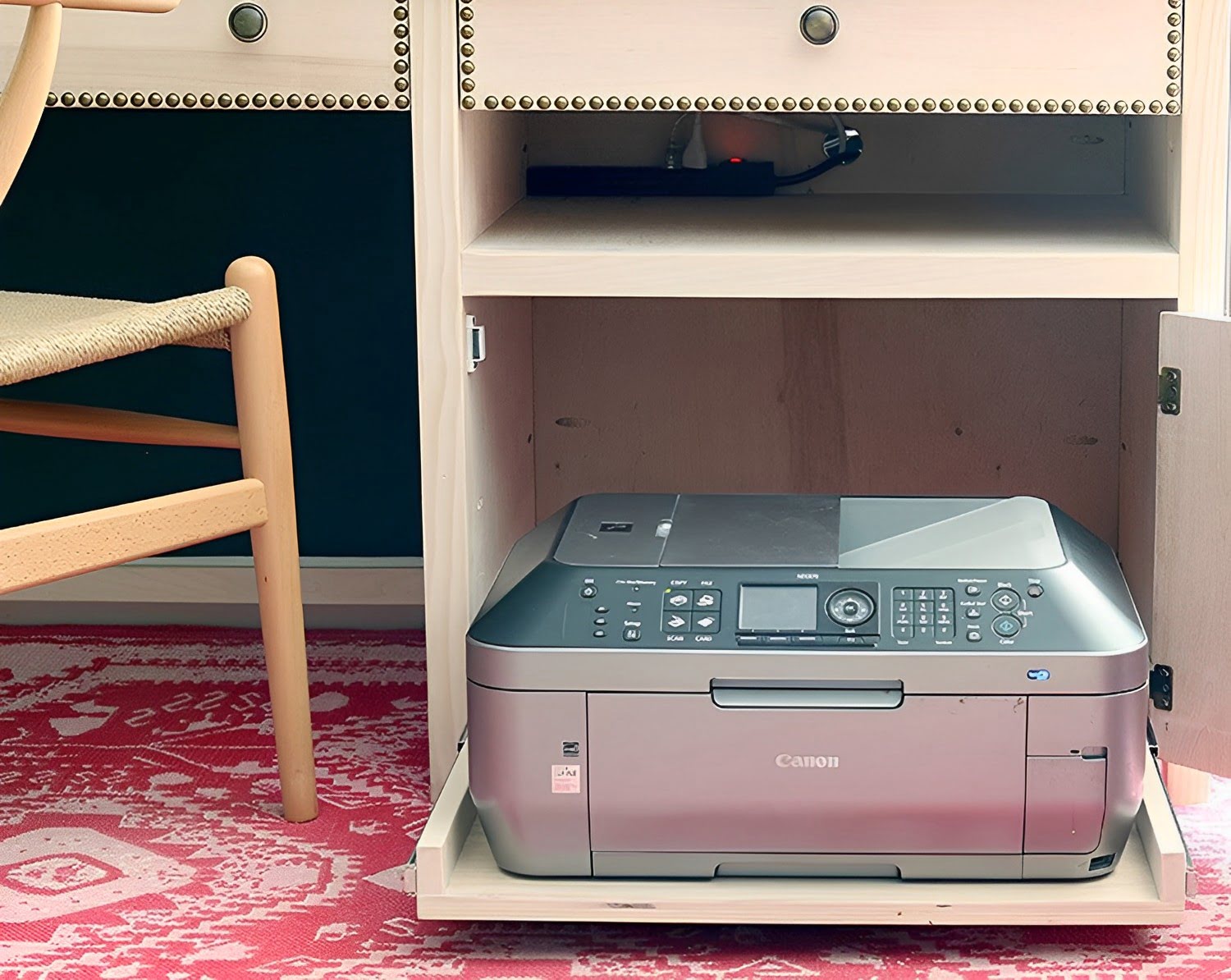
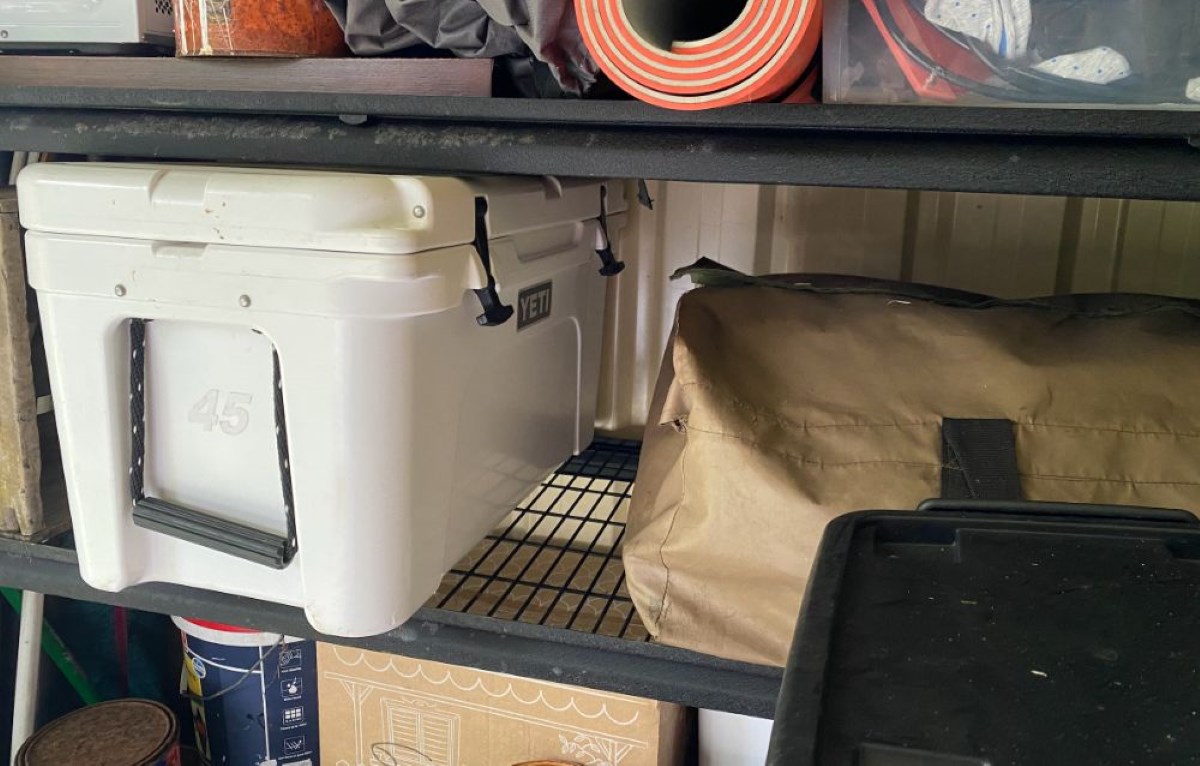
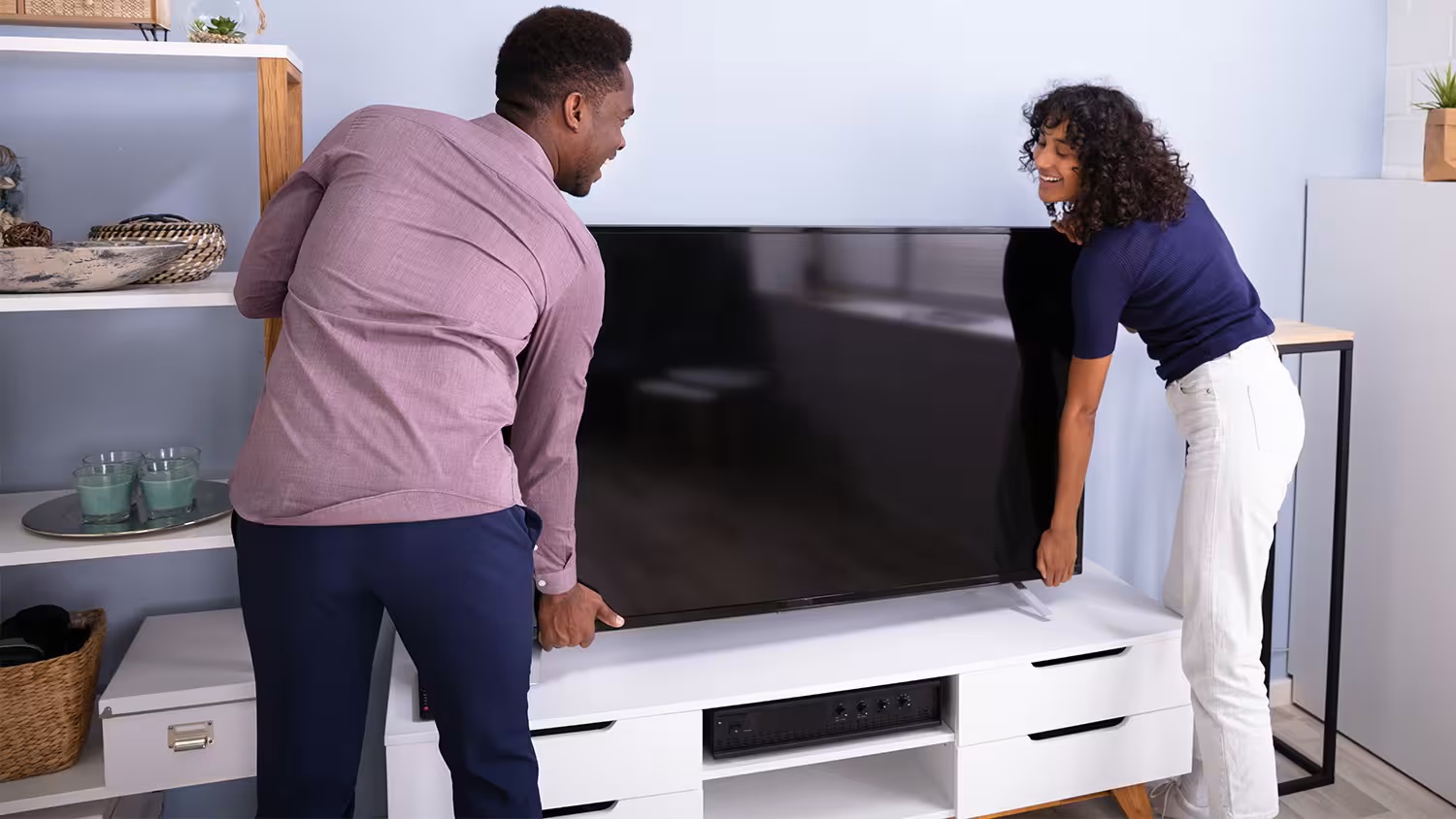


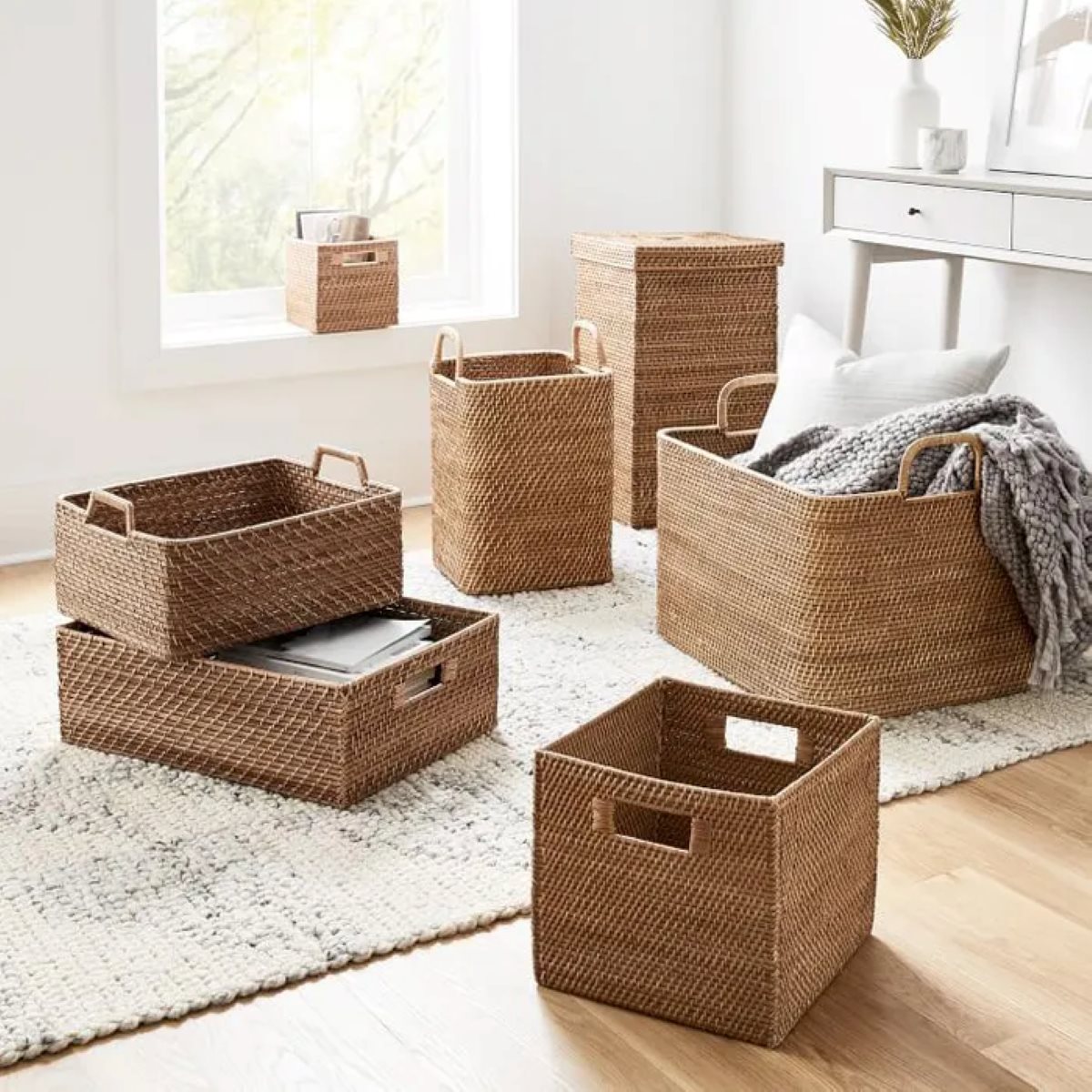
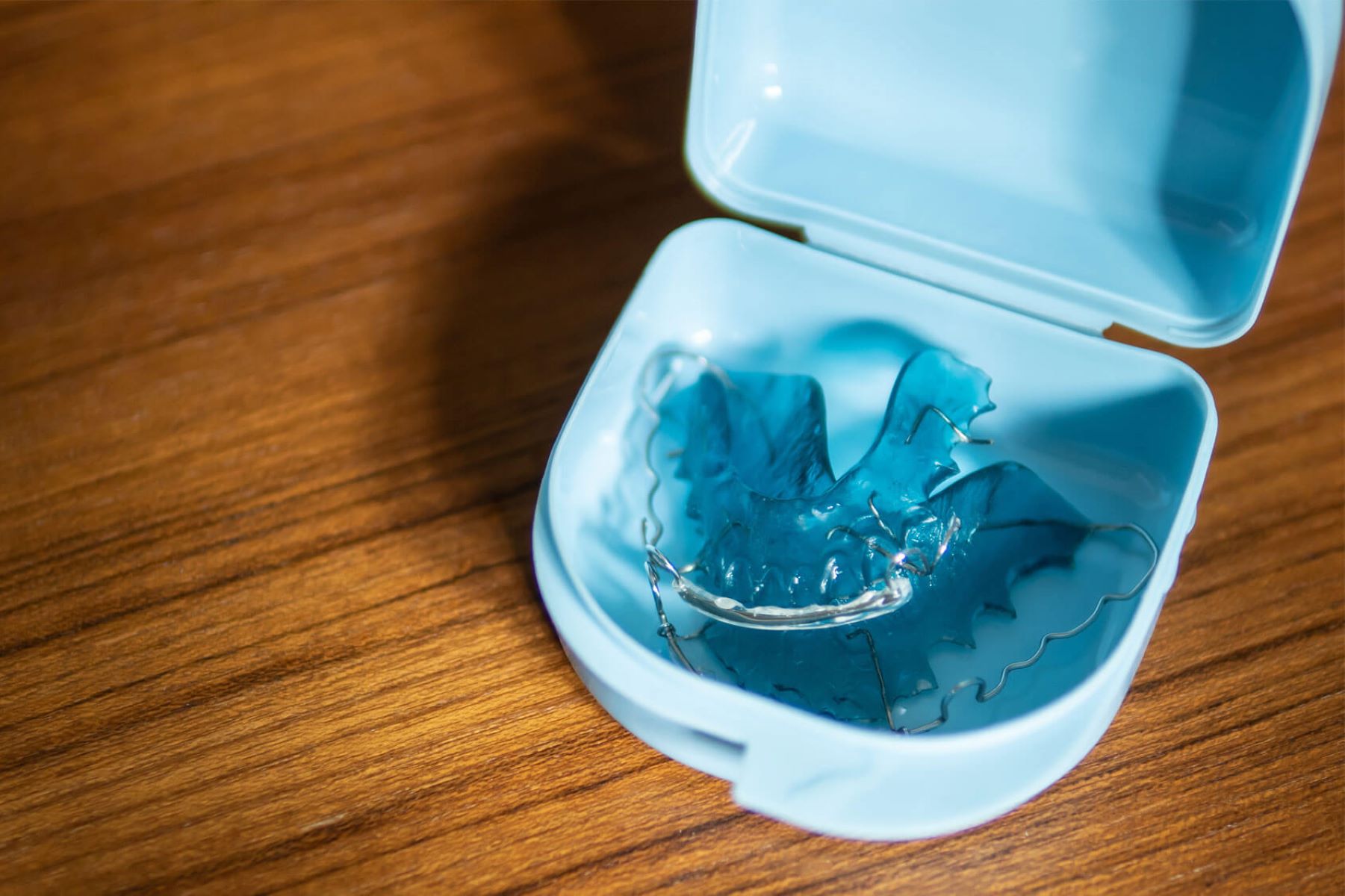
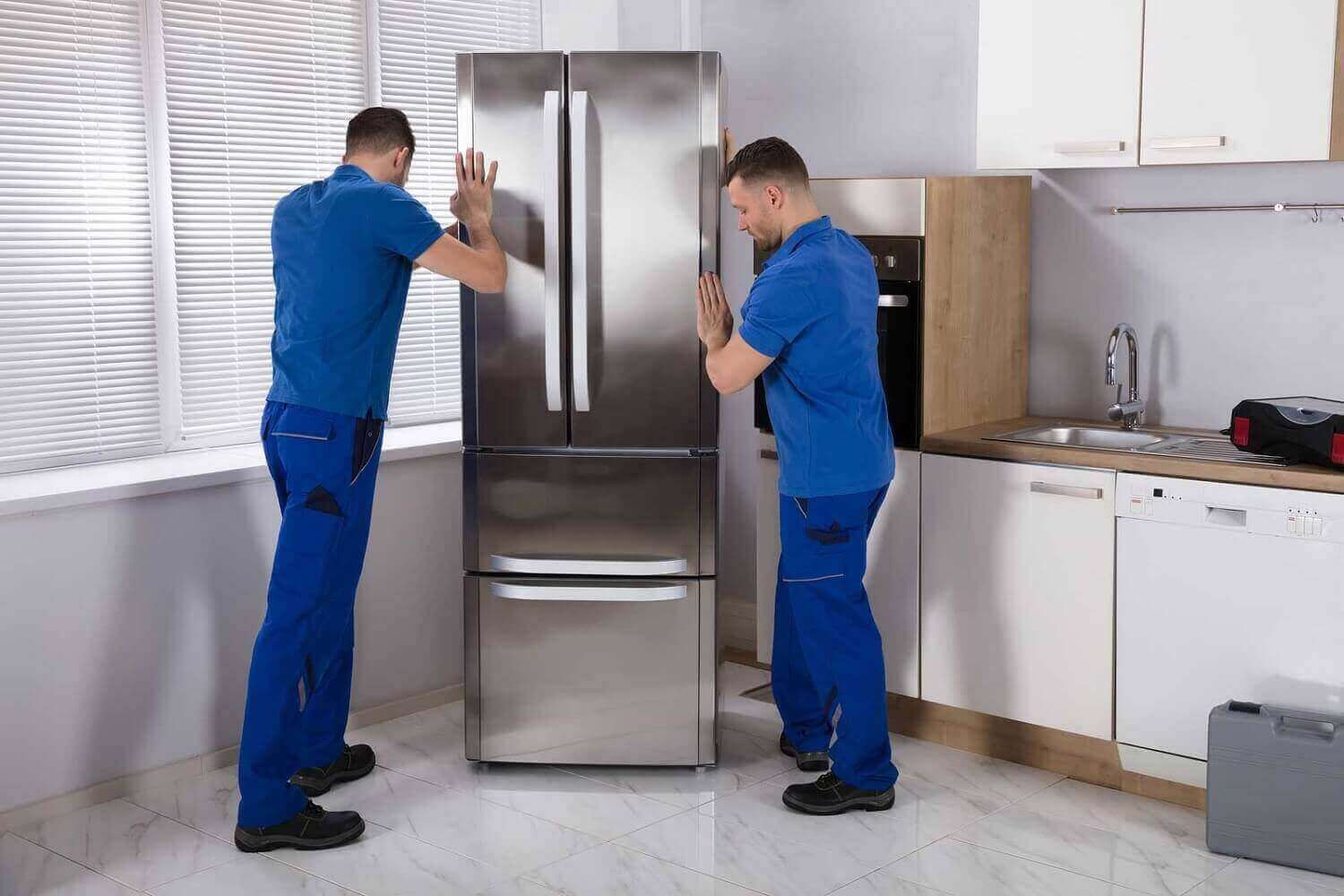
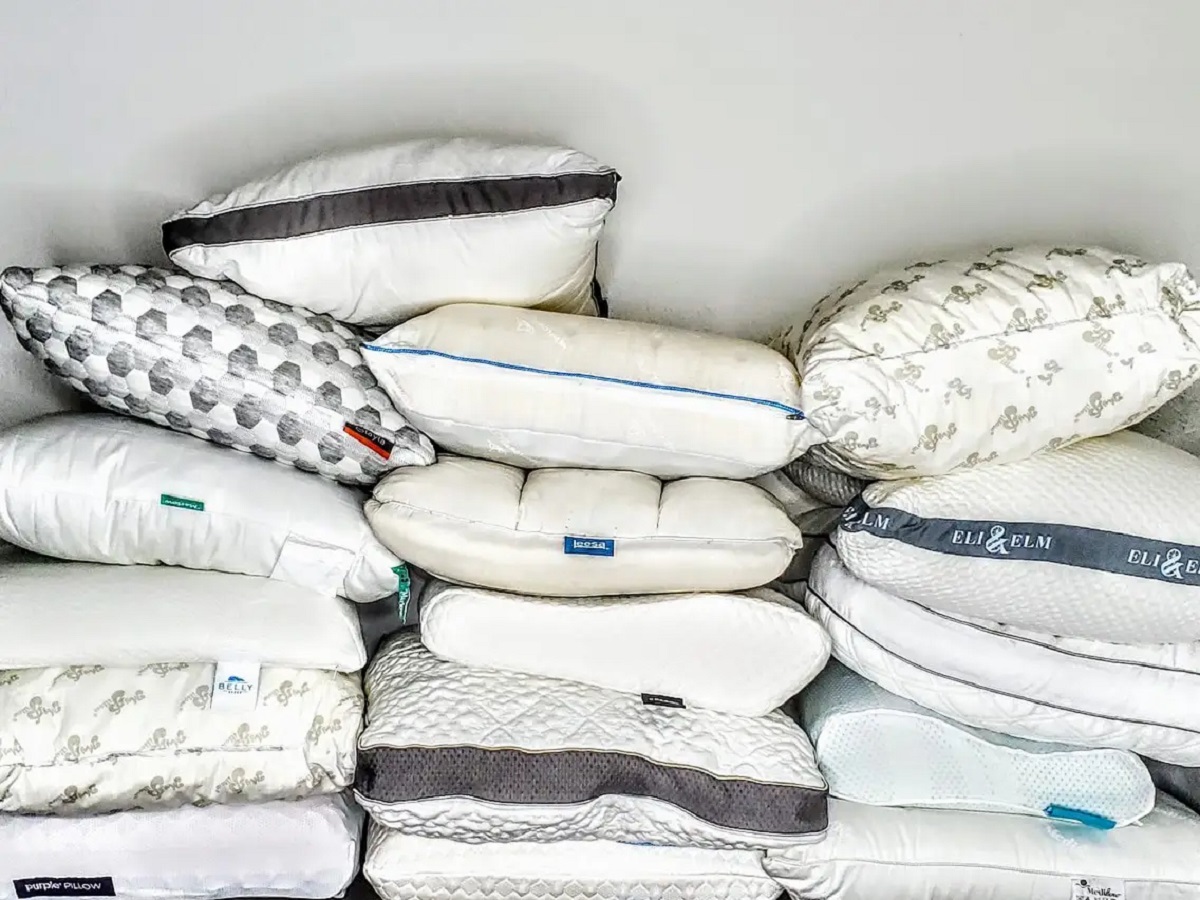
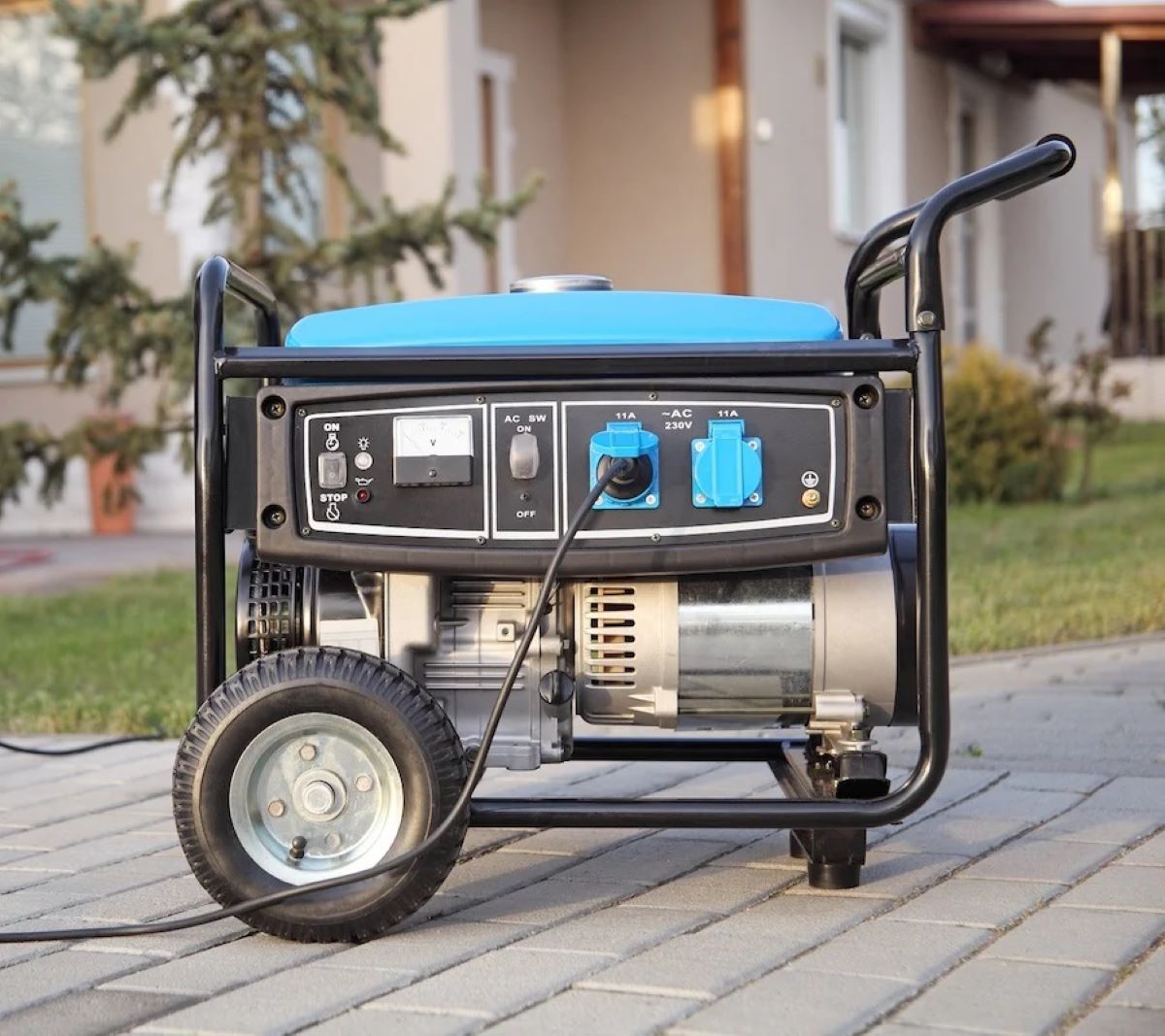
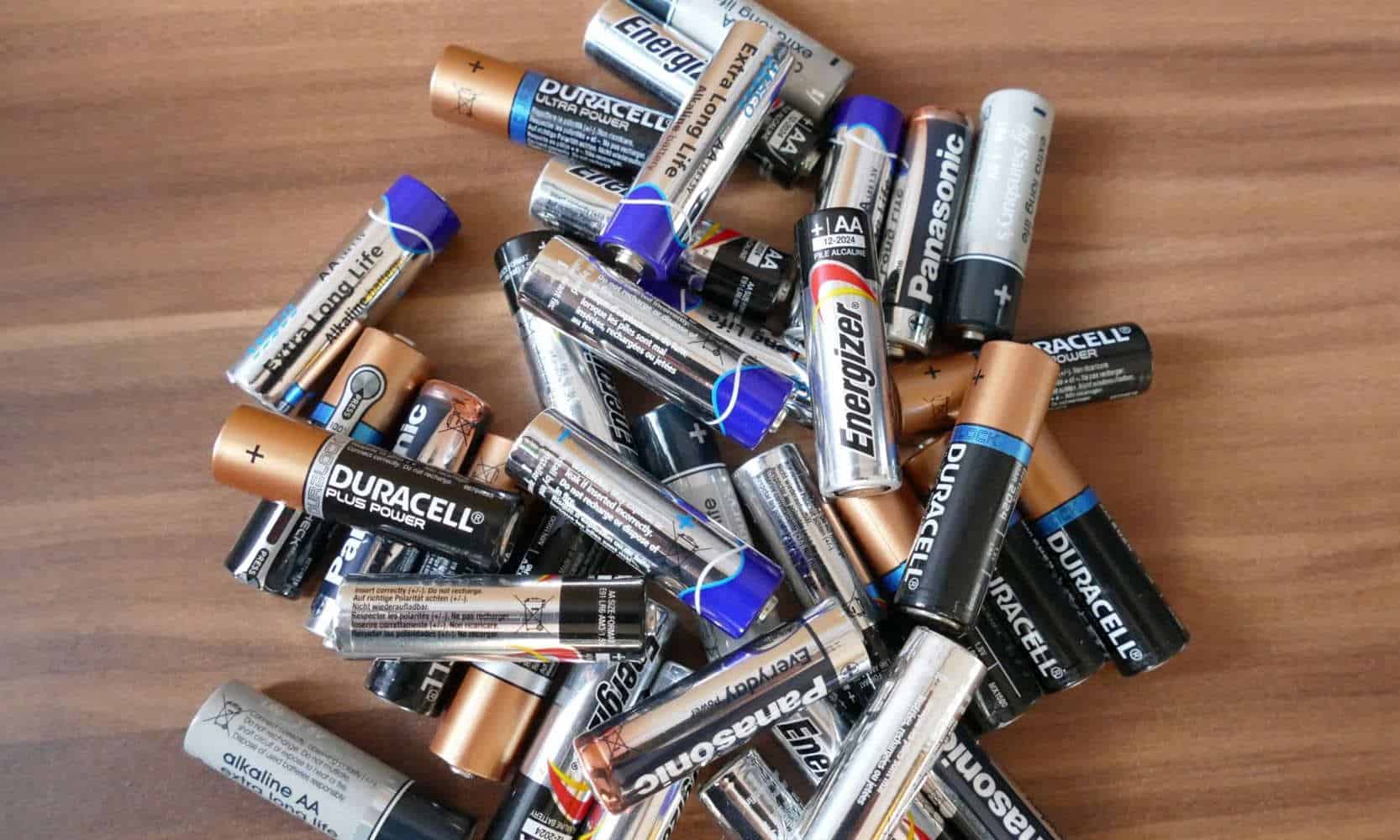

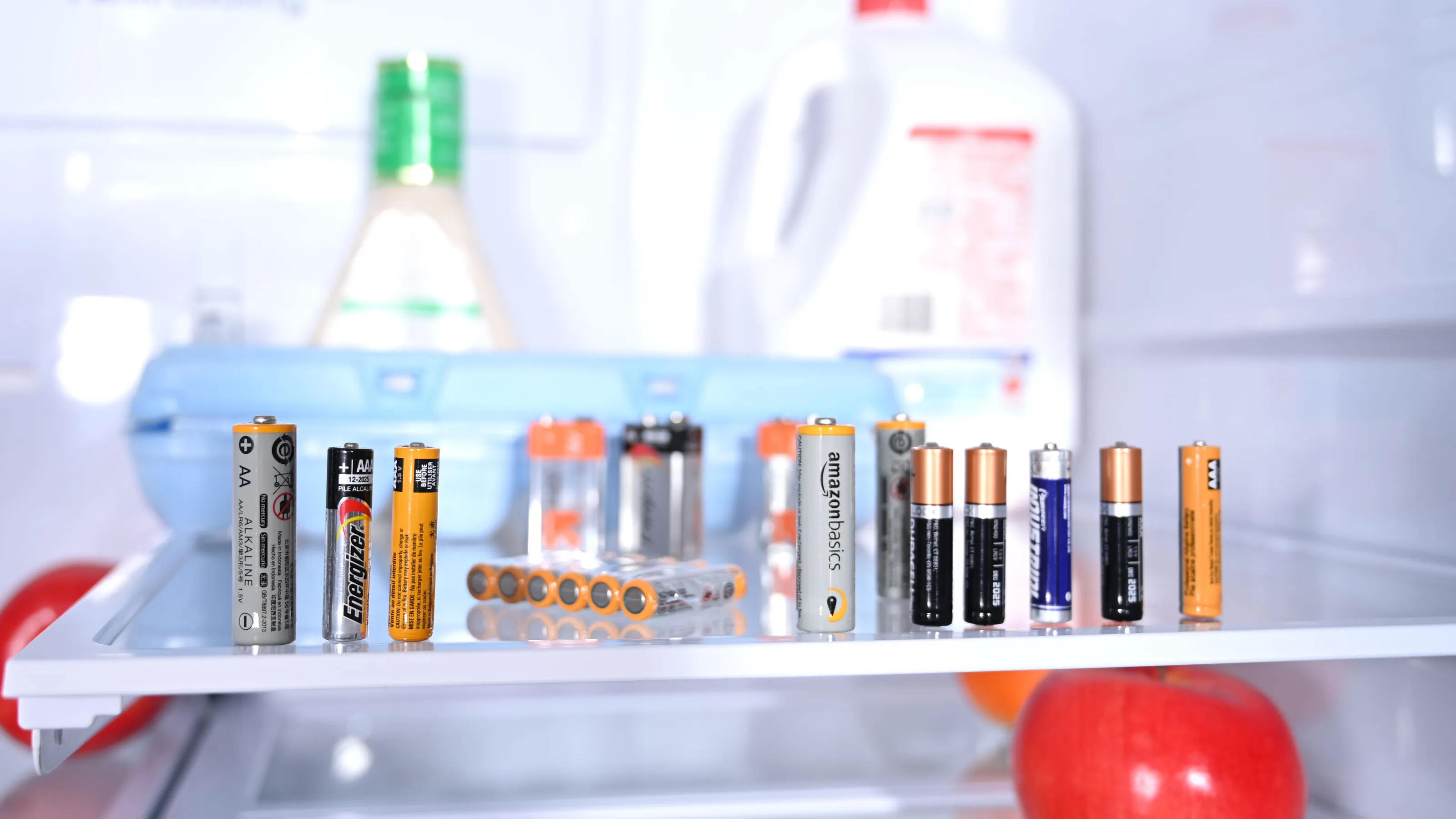

0 thoughts on “How To Store A TV When Not In Use”